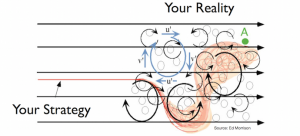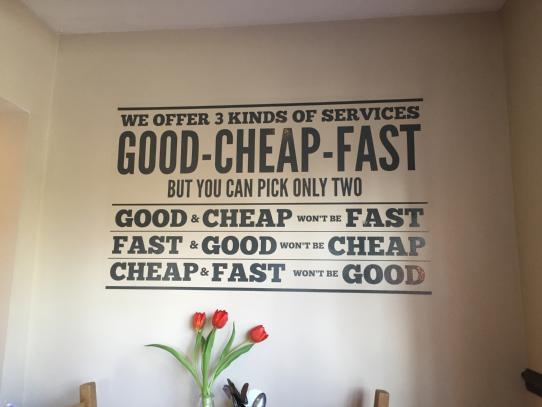Network structure - it works
It was a long journey of trying to understand what organisational structure is best for dynamic growth, experiments, agility and change.
- Value structure – showing benefits of different type of organisation in numbers
- Organizational design – problems – explaining what type of problems are introduced with hierarchical growth and why functional departments are not good.
- Org. design: value structure Highlights from my presentation where i try to explain why do we need value oriented structure in the company
- Network structure – latest explanation why and how to turn into value structure
- Skill-set and responsibility – how are they different?
- POD framework v0.2 - written down practical experiment, draft version of initial attempt
Simple conclusion that i came up for myself - it works! And it is the best way to grow up to an organization to a scale of 600 people at least. Reasons behind are simple - it allows you to scale fast naturally and have built-in flexibility in the structure to a constant change. Obviously there are challenges which you have to overcome.
TOP 7 Challenges
- Flexible structure is not possible if you want to keep technical foundation monolithic. Devops and Service Oriented Architecture is a must use practices otherwise organization will not be able to adjust to changing business demand fast enough
- Easy to fallback to local optimizations and thinking that structure is something permanent
- POD Leads and Keepers start to maintain status quo rather than to advocate the change as structure must be adjusted according new findings, growing number of people, speed of delivery and many other things that pop up during the journey
- Extreme sense of ownership can lead to certain local optimizations instead of seeking global improvement
- It’s very important to define common artifacts for PODs as soon as possible so everybody knows what to expect and how to work. You can start from something simple first and grow it naturally according the needs
- Pod sponsor role is extremely critical in order to achieve alignment and solve challenges outside the scope of the POD or priority conflicts
- Especially for service pods which are often understaffed and business value is indirect, but high expectations are formed by the community
- Pod sponsor is an important contributor to network orchestration
- Transparency is key, especially regarding speed of delivery and commitments
- Behavior and mindset is much more important than experience as new structure depends a lot on readiness to change and constant learning
- Change and adoption core group must be full-time activity and include decision makers (often C-level)
- Plays leading role in network orchestration
- Solves operational challenges together with leaders
But what you get instead:
- you know value creation chain of your company and make dependencies visible
- people are committed and motivated as they are the owners of what they do and decision making is delegated to them
- problems are transparent to everyone who is looking for information and you can act upon them
Updated document with our experience - POD framework v.03, comparing to previous version you will find:
- Description of deliverables and artifacts that can be used as a starting point of your journey
- Better description of roles to handle expectations
- Description of how roles work should together
- Challenges that you must prepare for
If you have experience organizing work as a network of autonomous teams, I would love to hear your insights, ideas and experience.



